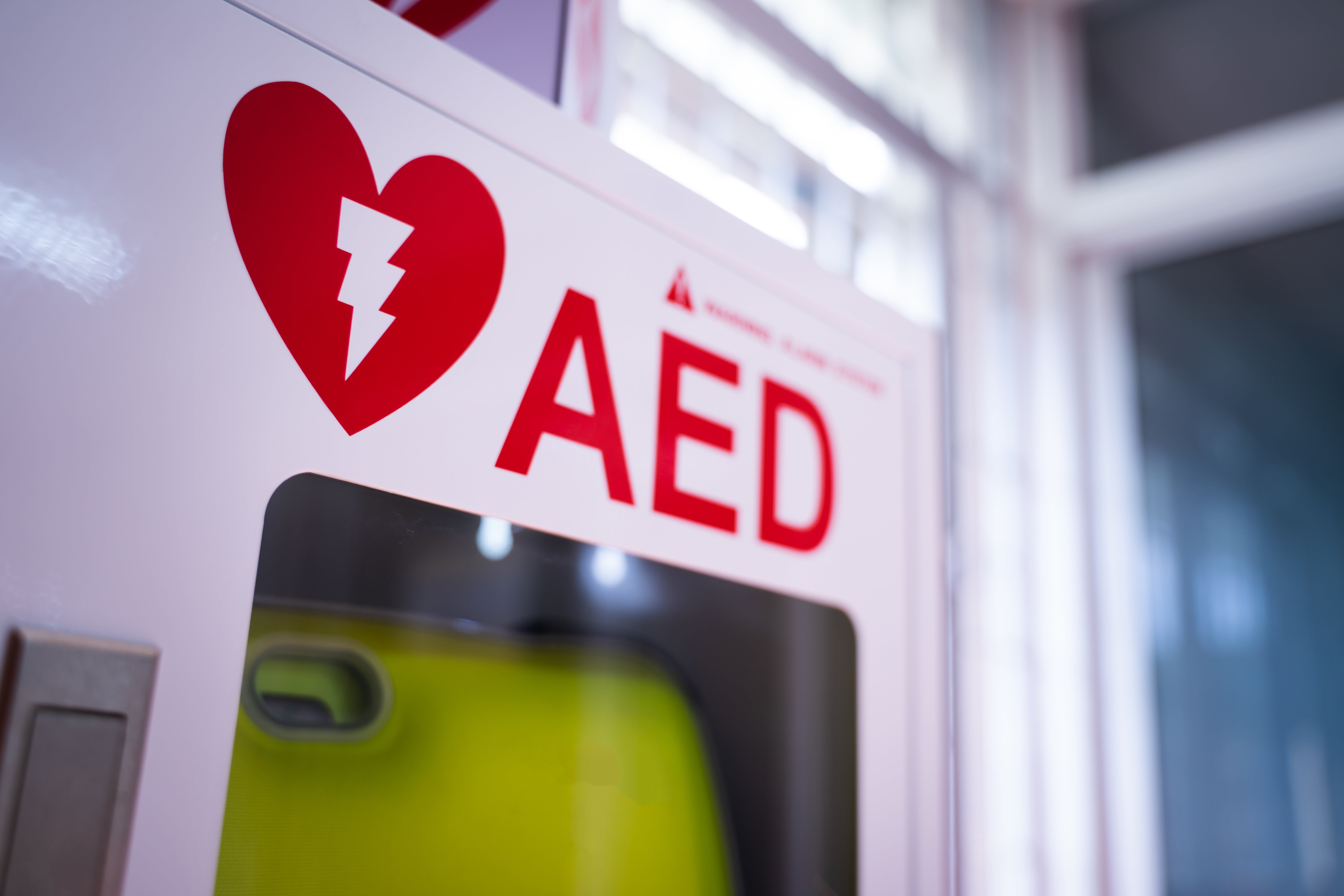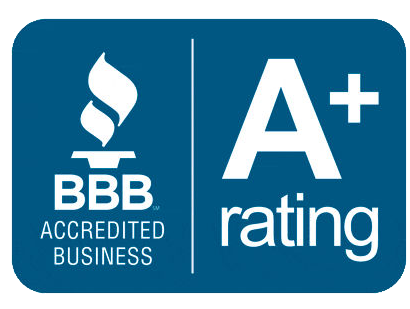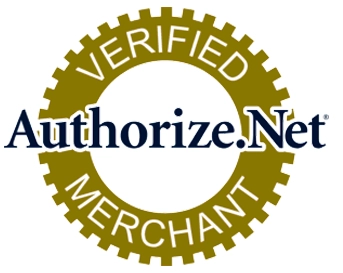How High Temperatures Can Affect Your AED and What to Do About It
Why Summer Heat Is a Concern for AEDs
Common Mistakes During Hot Weather
Smart Storage Decisions That Protect Lives
What to Do If Your AED Has Been Exposed to Heat
AED Access and Visibility Still Matter
Get Ahead of the Heat













